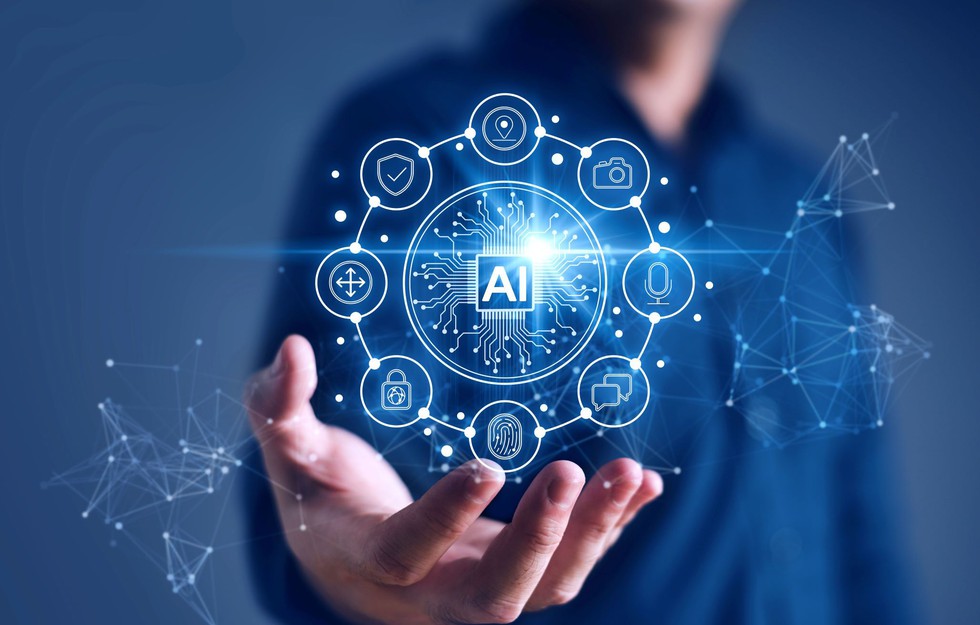About Generative AI:
- Generative AI, or generative artificial intelligence, is a form of artificial intelligence (AI) in which algorithms automatically produce content in the form of text, images, audio, and video.
- Unlike traditional AI systems that are designed to recognize patterns and make predictions, generative AI creates new content.
- Generative AI is powered by foundation models (large AI models) that can multi-task and perform out-of-the-box tasks, including summarization, Q&A, classification, and more.
- These systems have been trained on massive amounts of data.
- It works by using a Machine Learning (ML) model to learn the patterns and relationships in a dataset of human-created content. It then uses the learned patterns to generate new content.
- Typically, it starts with a simple text input, called a prompt, in which the user describes the output they want. Then, various algorithms generate new content according to what the prompt is asking for.
- Popular Generative AI Tools:
- ChatGPT: ChatGPT is an AI-powered chatbot developed by OpenAI, with a unique ability to not only generate written content but also converse with users fluently.
- Bard: Bard is a generative AI chatbot created by Google, based on LaMDA language model technology. It can answer questions asked by users or create new content from text or image prompts.
What is Machine Learning (ML)?
- It is defined as a discipline of artificial intelligence (AI) that provides machines with the ability to automatically learn from data and past experiences to identify patterns and make predictions with minimal human intervention.
- Machine learning methods enable computers to operate autonomously without explicit programming.
- ML applications are fed with new data and they can independently learn, grow, develop, and adapt.
- ML algorithms use computation methods to learn directly from data instead of relying on any predetermined equation that may serve as a model.
